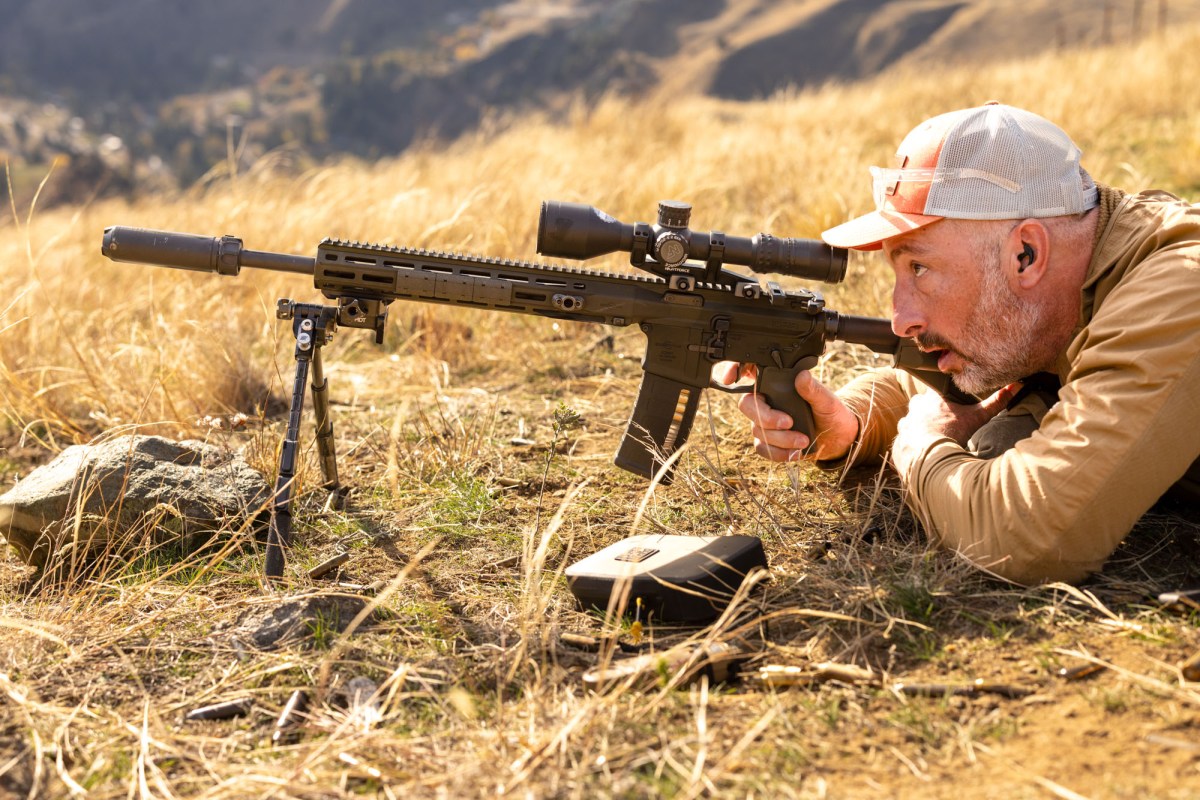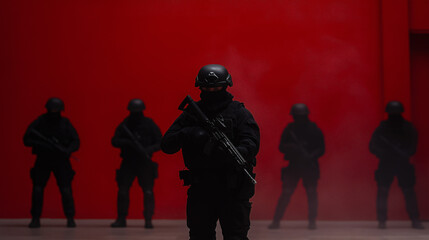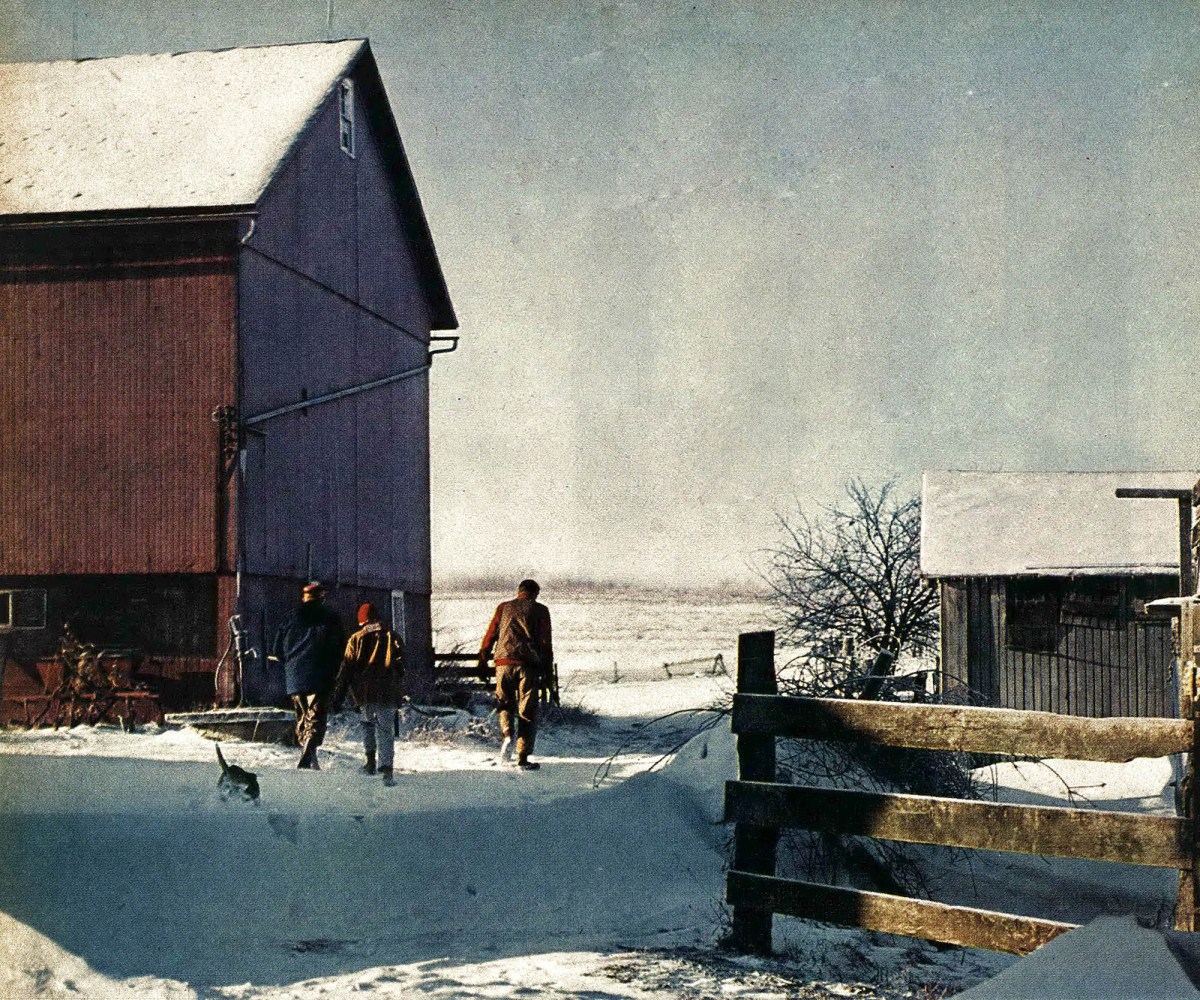Best N95 Mask for Respiratory Protection

Respiratory protection masks are useful for many tasks and projects, but we’re looking at them with emergencies and preparedness in mind. Disasters are dusty, dirty messes with plenty of situations requiring breathing protection. There are hundreds of masks to consider with a range of NIOSH ratings, and that’s not even counting full-face gas masks.
This is where we come in. We’ve researched the best masks, compared them under a survival and prepping scope, and now the results are in: the overall best, a collapsing option, and an upgrade solution. If you need respiratory protection during emergencies- our picks will protect you best.
Contents (Jump to a Section)

The Best N95 Mask
3M Cool Flow 8511
Cool, Proven, and Effective
The standard in N95 masks pairs affordability with proven quality for a wide range of uses.
*Price at time of publishing; check for price changes or sales.
Type: N95 particulate w/ valve
3M has proven itself throughout the years to provide quality PPE for many industries and emergencies, and its products still get it done. The 8511 is their quintessential best-selling mask with an exhaust valve to expel heat when the wearer exhales. It has two elastic wrap-around straps and a metal moldable nose bridge to fit a wide range of face shapes and sizes.
One drawback is that it doesn’t collapse down for portability, but that is addressed in our next pick if that’s one of your needs.
Otherwise, the 3M Cool Flow 8511 N95 Masks are the best option for preparedness and survival kits.




Folding Mask
3M Aura 9205+
Folding, Compact, with Precise Fit
A folding mask with fitted protection perfect for stashing in survival kits.
*Price at time of publishing; check for price changes or sales.
Type: Fold-flat N95 particulate
Two wrap-around elastic bands allow this fold-flat mask to still fit and stay secure. They come individually wrapped and completely flat making them ideal for mobile kits, in your car, or even as part of your EDC.
The mask is also the easiest mask to breath through that we tested without an exhaust valve. Our test data showing the nonwoven airflow restriction proves the point with only 50% flow reduction.
If you want a convenient mask that works well for portable survival kits, you’d be hard-pressed to beat the 3M Aura 9205+ N95 Particulate Masks.




Upgrade Mask
Moldex N99
Cool, Effective, with Good Fit
Upgrade to one of the few NIOSH-approved N99 masks with improved protection.
*Price at time of publishing; check for price changes or sales.
Type: Reinforced N99 particulate w/ valve
When you go to the high end of the NIOSH ratings, you’re going to end up with slightly heavier and costlier masks. Out of all of the N99 options, the Moldex has the least air flow restriction from our testing and is the lightest-weight option. This correlates to our more objective observation that it was also the most comfortable.
One downside compared to other higher-rated masks is the lack of adjustability. The straps are stapled without adjustment, and the nose cup is molded and difficult to change. Despite those drawbacks the mask still fits a wide variety of adult faces, a result of good ergonomic design.
The ‘exoskeleton’ prevents the heavier nonwoven material from collapsing on your mouth/nose in hot and humid environments and it gives the mask structure and impressive durability.
If you are looking for the most effective ‘disposable’ particulate mask, the Moldex N99 Respirators are the best option.


Everything We Recommend
The Masks We Compared
We narrowed the field down to several brands and models of nonwoven particulate masks that we compared from 3M, Moldex, Demetech, TRI, HDX, and some KN95 and surgical mask options.
You can see our full list of review criteria below in the What to Look For section, with an explanation for each.
We did not include non-disposable masks, half-face respirators, or full-face respirators. We have a separate review for full-face gas masks where we tested similarly for effectiveness, fit/comfort, and more.
We’re always looking for new and better supplies, so if you have particulate masks you trust in a survival situation, let us know in the comments. We review most of our tested supplies annually so we can try to get it in the next roundup round and see if it will beat out our top picks.
What to Look For
The best filtration masks for survival and prepping have a few features to look for. After testing, we assigned a weight to develop an overall score from the metrics we measured from the mask:
- Value
- Effectiveness (50% of overall score weight)
- Fit/Comfort (30% weight)
- Size/Weight (15% weight)
- Versatility (5% weight)
You can find the perfect mask for your kits when you get the right blend of these. Below, we break down what each of these features means for the respiratory protection that truly set themselves apart.
Value: Cost vs. Benefit
Disposable masks are essential for a wide range of kits, but they shouldn’t be disrupting your budget. Most options are extremely cheap and become even more affordable when stocked up in bulk.
There is a cap to their cost where it makes more sense to switch to a reusable half-face or full-face respirator.
You never want to spend too much money on one resource, even when it comes to PPE. It’s better to diversify your spending to make sure you are covered for a wide range of situations.
Effectiveness
The effectiveness of a mask is usually associated with its NIOSH rating.
| Rating Letter Class | Rating Number Class |
| N – Not oil resistant | 95 – Removes 95% of all particles |
| R – Resistant to oil | 99 – Removes 99% of all particles |
| P – Oil-proof | 100 – Removes 99.97% of all particles (HEPA) |
Typically, the higher-rated masks use thicker, layered nonwovens with smaller membrane holes. This can also make higher-rated masks more difficult to breathe through if they aren’t equipped with exhaust valves or other accessories.
Below these NIOSH ratings are non-NIOSH masks, including KN95 and surgical-grade masks. Even a t-shirt wrapped around your face could be a makeshift mask, but all of those simply won’t be as effective at stopping particles.
Fit & Comfort
If a mask is uncomfortable, you won’t last long in it. It won’t be effective if it doesn’t fit or conform to your face properly. Masks usually only have a few features that help out the fit and comfort: airflow, straps, adjustable nose cup, and exhaust valves.
Airflow
Airflow is restricted by masks and it’s unavoidable. The airflow is reduced more as the mask rating goes up, typically, but that’s not always the case. We measured this airflow reduction to compare the various masks.
Since people breathe at a rate of about 6 liters per minute, we first attempted to use a medical vaporizer pump that supplies air at the same 6 L/min. Unfortunately, this didn’t give us good readings on an anemometer, so we needed more airflow. This makes sense since we don’t continuously breathe- we breathe in inhalation ‘bursts’ that can move quite a bit of air.


All wasn’t lost though. We went back to the original idea of using a vacuum to push air through a mask, measure it against the control of free flow (no mask), and quantify the difference. It worked great and allowed us to compare mask airflow restrictions.


Although the measurement rig is a bit overbuilt, we designed it that way so we could use it to measure airflow reduction for gas mask filters as well. With a simple concept and some resourcefulness, we were able to get the data we needed to compare mask airflow. Here are some sample results so you can get an idea of how different types of masks reduce flow:
| Type | Measured Flow (m/s) |
|---|---|
| Control 1 (free flow, no obstruction) | 22.4 |
| Control 2 (completely obstructed, verifying anemometer) | 0 |
| 3M 9205+ N95 | 11.2 |
| 3M 8210 N95 | 10.5 |
| 3M 8511 N95 | 8.5 |
| Moldex N99 | 6.4 |
| TRI N95 | 6.4 |
| Demetech N95 | 4.1 |
Straps
Elastic, rear and side adjustable straps, and wider straps all help a mask fit your head and stay secure. Over-the-ear straps are much less secure than wrap-around straps and are typically not found on anything other than KN-95 masks or surgical masks.


Nose Cup
Most mask nose cups are molded or adjustable using thin strips of metal that hold their shape when bent. Properly forming these strips is important for an effective face seal, but they can also cause discomfort if they are bent at sharp angles or clamped too tightly. Many masks have cushioning in this area to assist with the comfort, and to lower the pressure required for the mask to seal properly.


Exhaust Valves
An exhaust valve can reduce heat build-up in the mask and minimize fogging when you wear glasses or goggles with the mask. Particulate masks borrowed the idea of valves from gas masks to help reduce thermal stress.


Size & Weight
Most disposable masks are extremely lightweight, weighing less than an ounce. This is great for mobile kits and for comfort since fractions of an ounce can be felt when it is hanging from your face all day.


Versatility
Most face masks can be versatile beyond PPE. You can repurpose them for a variety of survival uses, including:
- Water sediment pre-filter
- Tinder for fire-starting
- Expedient bandage
- Remove elastic straps for gear ties
- Storage bowl
Resourcefulness is always important in survival situations, so having a mask with you is always better than not having one. Some masks have pliable metal nose clips, staples, plastic wrap, and other useful components beyond the typical nonwoven and straps.
Fitting an N95 Mask
Getting a good fit with your mask is important. During the most recent pandemic, we all saw the people wearing masks that didn’t cover their noses, weren’t seated on their chin, or had the straps configured incorrectly. Besides all these basic mistakes, masks can still be a bit tricky to seal on your face properly.
First off, you’ll need to get rid of your stubble or beard. We have gone over the whole beard vs gas mask debate in detail and even demonstrated how it doesn’t get an effective seal. The same reasons apply to particle respirators.
Once you have a good surface to seat your mask against, follow these basic steps:
- Seat the mask on your chin and cover as close to the bridge of your nose as possible.
- Mold the metal noseband to the shape of your nose.
- Pull the retention bands over your head or ears (depending on the model).
- Tighten or tie the bands to improve seal and comfort as needed.
- Check for space between the mask around the perimeter with your finger, adjust if there are any holes
- Exhale sharply and note any air pushed across your face or down your chin, adjust to fix if air is escaping.
Most of the time is spent on checking and ensuring a good fit when wearing an N95 mask- don’t just slap one on and move on. Taking the time to ensure that it fits well and is seated properly will maximize the mask’s effectiveness.
Who Needs N95 Masks?
Everyone has seen the importance of masks since the run on them in 2020 for the pandemic. Besides pandemics, they are useful in a huge range of disasters, emergencies, and survival situations.
Oftentimes disasters are dirty, dusty messes with increased airborne sicknesses and disease vectors. Protect yourself with masks, gloves, and long-sleeved clothing in pretty much any situation.
Because N95 (and higher-rated) masks are so compact, lightweight, and universally useful- we consider them essential for these kits:
We also suggest you consider them for:
Many times you’ll find them included in hygiene and first aid areas of kits, but we have transitioned them to the PPE/clothing category in our latest checklists.
How We Review Products: We research thoroughly before selecting the best products to review. We have vast prepping and survival experience and bring in outside experts when needed. Hours on end are spent testing gear in stressful conditions and using specialized testing gear to verify claims. We assign performance criteria and impartially rate each tested item. Learn more about how we test.
Sources and References
All of our experience and the testing we do to determine the best particulate mask for emergencies are useless without listing our research sources and references. We leaned on these for the book knowledge that we paired with our hands-on testing and practical preparedness experience:
Li, Y., et al. (2005). Effects of wearing N95 and surgical facemasks on heart rate, thermal stress and subjective sensations. International Archives of Occupational and Environmental Health. Volume 78. Pages 501 – 509. (Source)
Rodriguez-Martinez, C., et al. (2020). Decontamination and reuse of N95 filtering facemask respirators: A systematic review of the literature. American Journal of Infection Control. Volume 48. Issue 12. Pages 1520 – 1532. (Source)
Long, Y., et al. (2020). Effectiveness of N95 respirators versus surgical masks against influenza: A systematic review and meta-analysis. Journal of Evidence-Based Medicine. Volume 13. Issue 2. Pages 93 – 101. (Source)
The Final Word
Throw out those cloth masks and upgrade the surgical masks to the NIOSH-proven N95 masks that fit in all mobile survival kits and make sense to stock on a shelf too.
Here are a few other gear reviews and guides our subscribers have found helpful:
We presented quite a lot of information, but as always: if you have any questions let us know and we would be happy to help. Our testing found the 3M Cool Flow 8511 N95 Mask to be the best solution given its value, effectiveness, fit/comfort, size/weight, and versatility.
Keep exploring, stay prepared, and be safe.
Prepping Your Way
No judgement and no imperatives. Prepare the way you want to with the trusted source millions of modern preppers have relied on.
Our newsletter fires out every Monday where you can expect:
- Practical prepping guides and tips
- Thorough survival gear reviews
- Noticeably absent spam and popups
Thanks for subscribing, supporting our cause, and improving your own resilience.
Read the full article here









